Your cart is currently empty!
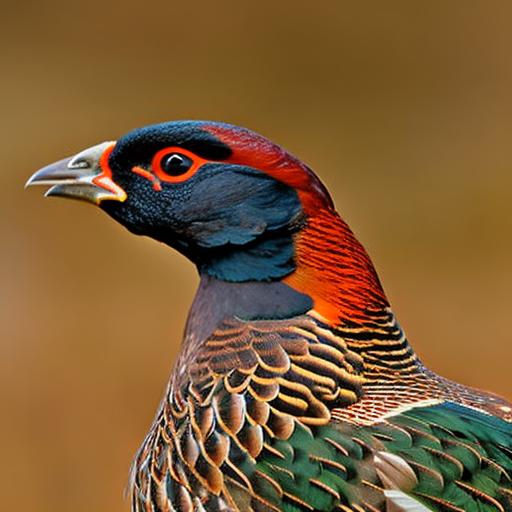
What Do You Hunt Pheasant With? A Comprehensive Guide for Every Hunter

Ah, pheasant hunting. It’s a tradition as old as time, a pastime enjoyed by many, and a subject of fascination for the uninitiated. If you’ve ever wondered, “What do you hunt pheasant with?” you’re in for a treat. Let’s delve into the world of these beautiful birds and equip you with the right tools and knowledge for a successful hunt.
Table of Contents
Pheasant Basics: Know Your Prey
Whenever someone asks me about the most memorable moments in my hunting experiences, pheasants invariably make their way into the conversation. These birds, with their majestic appearance and clever habits, are a treat to observe, let alone hunt. Let’s dive deep into the world of pheasants and uncover some fascinating facts about their lives and presence in the United States.

Habitat: If there’s one thing pheasants are good at, aside from giving hunters like me the slip, it’s adapting to various habitats. Originating from Asia, these birds have taken to the diverse terrains of the US like a fish to water. While they cherish the expansive grasslands – a sight to behold during sunrises – they also don’t shy away from wetlands or agricultural areas. Their adaptability is commendable. Over the years, I’ve seen them thriving in regions interspersed with crops, weeds, and adequate cover. It’s like these birds have an innate sense of real estate, always picking the choicest locales!
Diet: The dietary habits of pheasants are as diverse as their habitats. Being omnivores, they aren’t too fussy. From seeds of various grasses to grains like corn and soybeans, their plant-based menu is vast. However, that’s not where their palate ends. They’re also quite partial to insects, providing them with essential nutrients. Young pheasants, or chicks, display an even greater fondness for these critters. Observing a chick in pursuit of a bug is akin to watching an animated chase sequence – always entertaining!
Habits: The life of a pheasant is more structured than one might assume. While their early hours are actively spent in search of food, they tend to seek refuge in tall grasses during the heat of midday. It’s their version of a cozy afternoon nap. Many’s the time I’ve tiptoed through fields, only to have a pheasant burst from its hiding spot, leaving my heart racing. Their choice of flight, too, is unique. Rather than long, soaring flights, pheasants opt for quick, short bursts, especially when alarmed. The rapid beat of their wings paired with their swift movement is an exhilarating experience every time.
Where They Are Found in the US: The tale of pheasants in the United States reads like an adventure story. Introduced in the late 1800s, they quickly spread their wings (both literally and metaphorically) across the nation. Today, when one speaks of pheasant hunting, states like South Dakota, Iowa, and Minnesota instantly come to mind. These places are akin to pheasant Meccas for hunters and enthusiasts. The vast stretches of the Midwest are particularly congenial for these birds. However, their presence isn’t restricted to this region alone. From the picturesque fields of Pennsylvania to the serene valleys of Oregon, pheasants have managed to find cozy nooks across the country.
As the years roll on, my admiration for pheasants continues to grow. These creatures, with their vibrant plumage and intriguing habits, never cease to fascinate. Whether it’s the thrill of the hunt, the joy of observation, or merely a desire to understand these birds better, pheasants hold a special place in the heart of many an American. Their legacy in the United States, richly woven with tales of adventure and awe, promises to captivate generations to come.
Firearms: Choosing the Right Weapon
Now, onto the big question about what do you hunt pheasant with. While there are various weapons you can use, most seasoned hunters, like yours truly, swear by the 12-gauge and 20-gauge shotguns. These provide a good spread and knockdown power.
Picking the right choke is like choosing the right pair of shoes for an occasion. While a more open choke might work for close shots, you might want a tighter one for distant targets. A personal anecdote? Once, on a hunt in South Dakota, I forgot to check my choke. Missed a clear shot, and the bird’s escape still haunts my dreams.
The weight of the gun matters too. A day out in the field can be taxing, so it’s wise to find a balance between a gun’s weight and its efficiency.
Proper Ammunition: Shot Size & Material
So, you’ve got the gun, but what about the ammo? For pheasants, shot sizes like #4, #5, and #6 are popular. Think of it as choosing the right arrow for a bow. The size can make a difference in knocking down these agile birds.
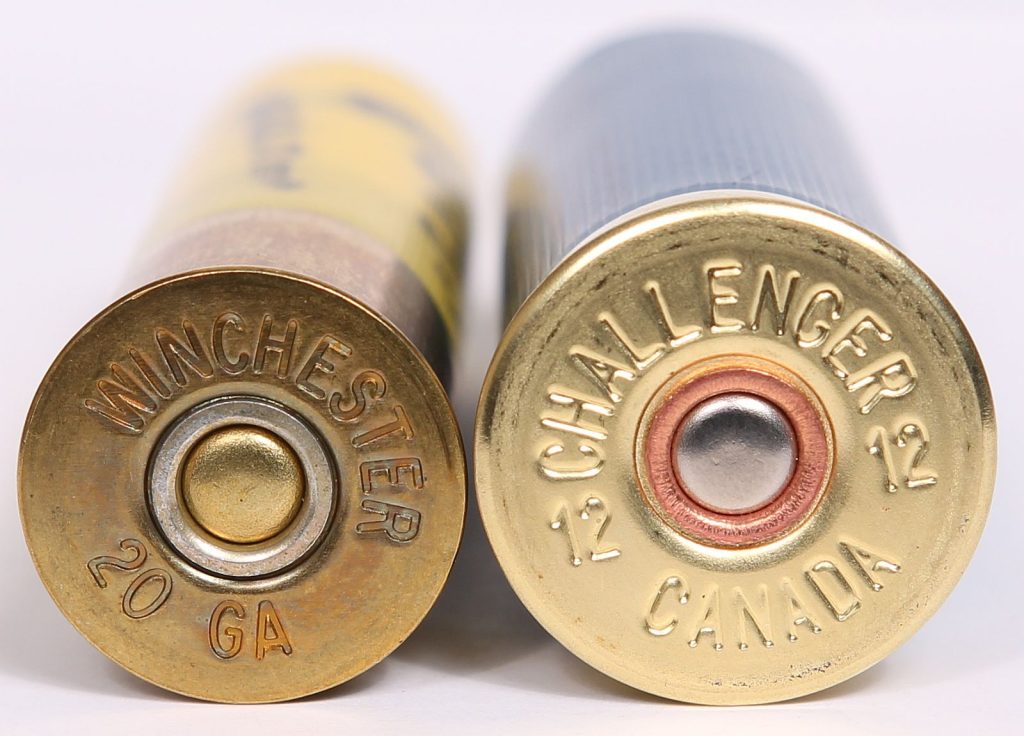
Then there’s the debate about steel vs. lead shots. While lead has been the traditional choice due to its density and pattern, environmental concerns are pushing hunters towards steel. I remember a conversation with an old-timer who was skeptical about steel. But after trying it, he admitted its efficiency, especially with modern loads.
And if you’re looking to splurge, consider plated shots. Copper-plated lead shots, for instance, offer better velocity and pattern consistency.
Gear & Clothing: Dress for Success
You know the old saying, “Dress for the job you want”? In hunting, you dress for the success you want. Safety first: always wear blaze orange. It makes you visible to other hunters. And trust me, being mistaken for game isn’t fun.
Footwear is vital. Once, I wore regular boots to a wetland hunt. Big mistake. They were soaked in minutes, and my feet felt like two blocks of ice. Invest in quality waterproof boots for such terrains.
And don’t forget a good hunting vest. It’s not just about style; it’s about utility. Pockets for ammunition, space for game, and hydration – it’s the Swiss Army knife of clothing.
Hunting Techniques & Dog Companions
Now, how to approach these elusive birds? Techniques like “blocking” and “driving” can effectively flush out pheasants. I’ve been in groups where we strategically position ourselves, and the results? Oh, it’s like watching a well-choreographed dance!
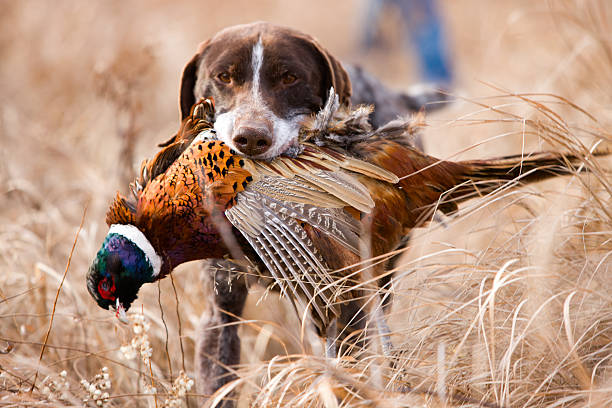
Then there’s the joy of hunting with a dog. My Labrador, Max, is my trusted companion. Breeds like Springer Spaniel or Labrador Retriever have a nose for the game. They not only help in finding pheasants but also retrieve them. However, ensuring their safety is paramount. No game is worth putting your furry friend in danger.
Related Questions
Is there a best time of day for pheasant hunting?
Morning and late afternoon are usually prime times. Pheasants are most active then, feeding and moving around.
What can first-time hunters expect in terms of challenges?
Expect surprises! Pheasants are unpredictable. But remember, patience and observation are your best allies.
How do hunting regulations vary, and why is understanding them crucial?
Different states have different regulations. Always acquaint yourself with local laws. Responsible hunting ensures the game’s survival for future generations.
Summary
So, to answer the question, “What do you hunt pheasant with?” – it’s a mix of the right equipment, a dash of knowledge, and a sprinkle of respect for nature. The beauty of pheasant hunting lies not just in the pursuit but also in understanding and appreciating these magnificent birds. Here’s to many successful hunts!


Herb has been a longtime lover of the outdoors. Whether it be hunting, camping, fishing or just getting outside to reset. Proud father and animal lover. Bourbon anyone?

by
Tags:
Comments
2 responses to “What Do You Hunt Pheasant With? A Comprehensive Guide for Every Hunter”
-
[…] yourself in the pheasant’s world, by understanding their habits, and by adapting your hunting techniques, you can master the art of hunting pheasants without the aid of a four-legged friend. And in many ways, this solo pursuit can be even more […]
-
[…] more commonly associated with larger game, it’s entirely possible—and deeply rewarding—to hunt pheasants with a bow. However, it demands practice and […]

Categories
- Big Game Hunting (301)
- Deer (202)
- Reviews (3)
- Shooting (16)
- Slingshot (1)
- Small Game Hunting (42)
- Upland Hunting (126)
- Waterfowl Hunting (3)

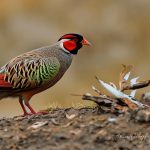
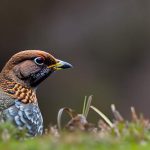
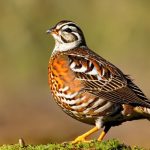

Leave a Reply